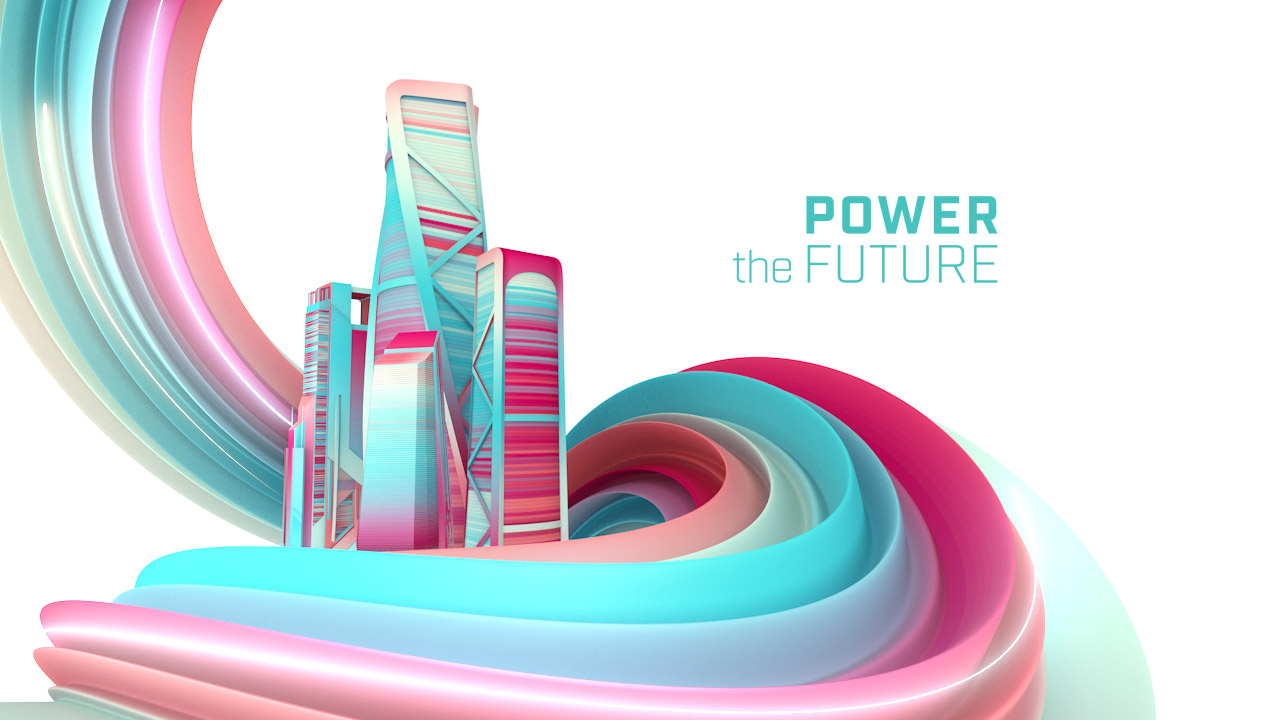
I hope everyone enjoys this and I wish to share this with as many people as I can. This triggering of both music and video clips at the same time makes for a very interactive, immersive and fun display of complex video mapping art. Then the same button mapping was used to control the corresponding snowflake animations in Modul8. Tracks containing drums, bass, synths, and effects were laid out in Ableton Live and mapped onto buttons of a 64-button MIDI controller. The music used in this video is my song "Eye" from my "Positive Energy Revolution" release. My intent from the beginning was to make this an interactive piece, so I incorporated midi-triggering of music sequences along with the video clips. This is mounted on a heavy duty Bogen tripod, but can be ceiling-mounted for installation. The projector I decided to use was a Canon SX50 for its higher 1400x1050 resolution and its fine LCoS panels. This mask was used as the main output mask over the animated snowflake layers in Modul8, which then projected onto the snowflake shapes of the sculpture.

#Animations in modul8 full#
A full frame mask of the snowflake array was made and adjusted, vector by vector, as the mask was projecting on the actual sculpture.

These movies were then imported into Modul8 and used as the main visual components. The snowflake photos were animated in Modul8 and exported as Quicktime movies into After Effects, where corresponding snowflake shapes were used as masks. All the surfaces of the aluminum snowflakes were sanded so it looks like frost grew on them, and the radiating support arms were also sanded. I incorporated a tripod stand using the two lower legs so it can be freestanding, but I also made two lower legs without extensions so the sculpture can be hung. Modularity was important, so all parts bolt together easily with 1/4" bolts and wing nuts. I also used 3 snowflake shapes to make the 13 aluminum snowflakes which comprise the projection surfaces.įor the sculpture I decided to use aluminum, as it is lightweight and light in color.

Libbrecht kindly granted me permission to use his snowflake photos and I was on my way to masking and animating them. I wanted to map complex shapes and the snowflakes were a perfect complement. I saw some amazing installation and performance documentations, which further inspired me to start a video mapping project. The project was initially inspired by a number of things including a book, The Art of the Snowflake by Kenneth Libbrecht, video mapping art, and the desire to make an interactive, audiovisual installation.Īfter being awestruck by the beauty of the photographs in the book, I contacted Kenneth Libbrecht, a Caltech Physicist, and asked for permission to use some of his photos in an art project.Īt the same time I was researching video mapping and gained knowledge of the Mapping Festival in Geneva. This video and text below is a more detailed documentation of the Snowflake Mapping Project by Marcell Marias.


 0 kommentar(er)
0 kommentar(er)
